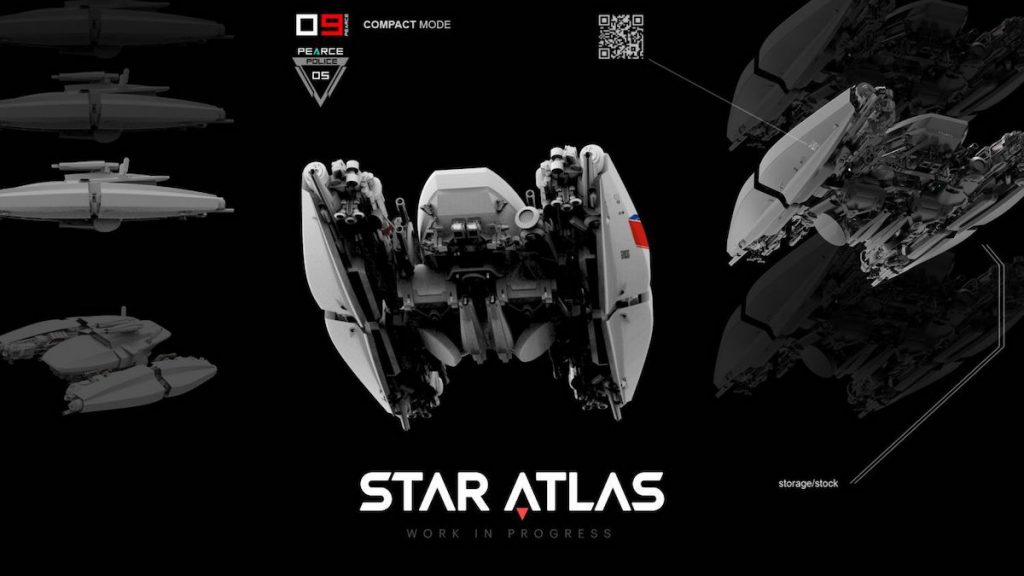The extraordinary success of breakout game Axie Infinity has caused the next generation of blockchain play-to-earn games to emerge. One name has generated significant attention over the past few weeks — Star Atlas.
The game, which is built on the rapidly growing Solana blockchain, recently listed its tokens and kickstarted its first in-game NFT asset sales, which were both well-received by the market.
Is Star Atlas the ‘next big thing’ in NFT gaming? We explore the intense attention the project has garnered since it announced its seed round funding in January 2021.
What is Star Atlas?
Star Atlas is a space-themed, mass-multiplayer, virtual gaming metaverse set in the year 2620, where 3 major factions have emerged in an ongoing struggle for resources, territorial conquest, and political domination.
Gamers join the metaverse as a faction citizen of Star Atlas, and can choose to join any of the 3 factions and fulfil different in-game roles to influence the outcome of the galactic struggle.
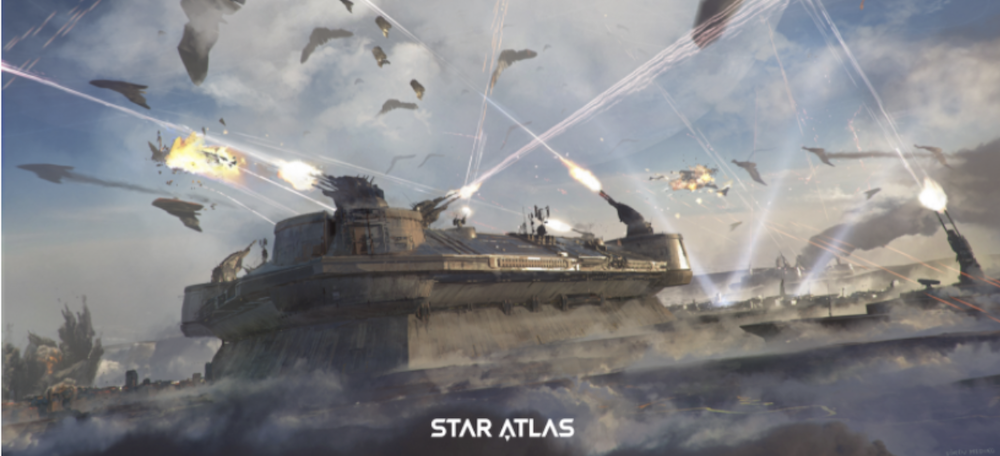
The expansive metaverse enables gamers to freely participate in different segments of the game depending on their personal preferences. Broadly speaking, gamers can either be focused on (i) production (including mining, refining, production, technology crafting, and blueprinting) or (ii) piloting (including combat and exploration).
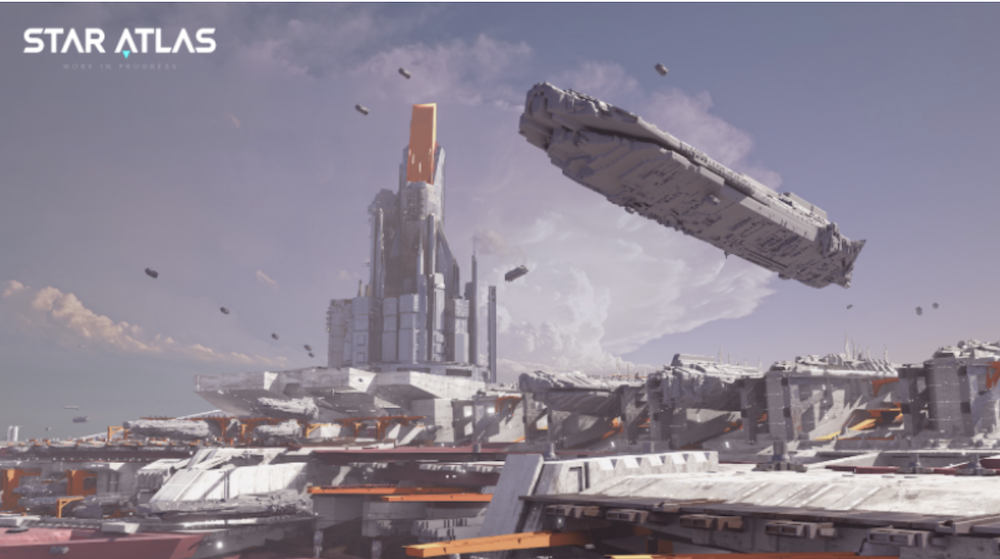
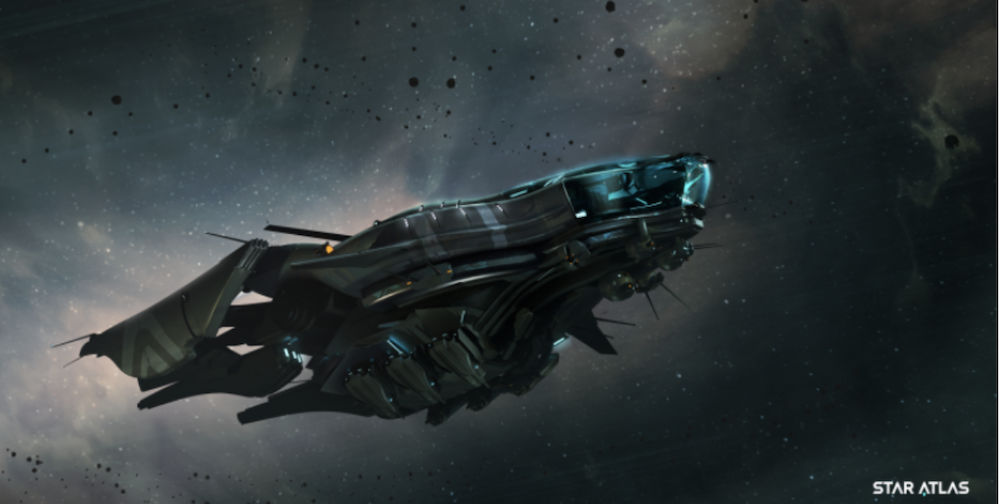
The game also features a land system which underpins the entire production system in Star Atlas, with a basic land parcel (itself an NFT) representing ownership of territory.
The game will run with 2 value tokens — ATLAS, which is the medium of exchange and inflationary in-game currency, and POLIS, the revenue-bearing and governance token of the Star Atlas world.
Gamers will be able to earn rewards from piloting and combat, activities which themselves require productive resources that will need to be acquired from other gamers focused on production.
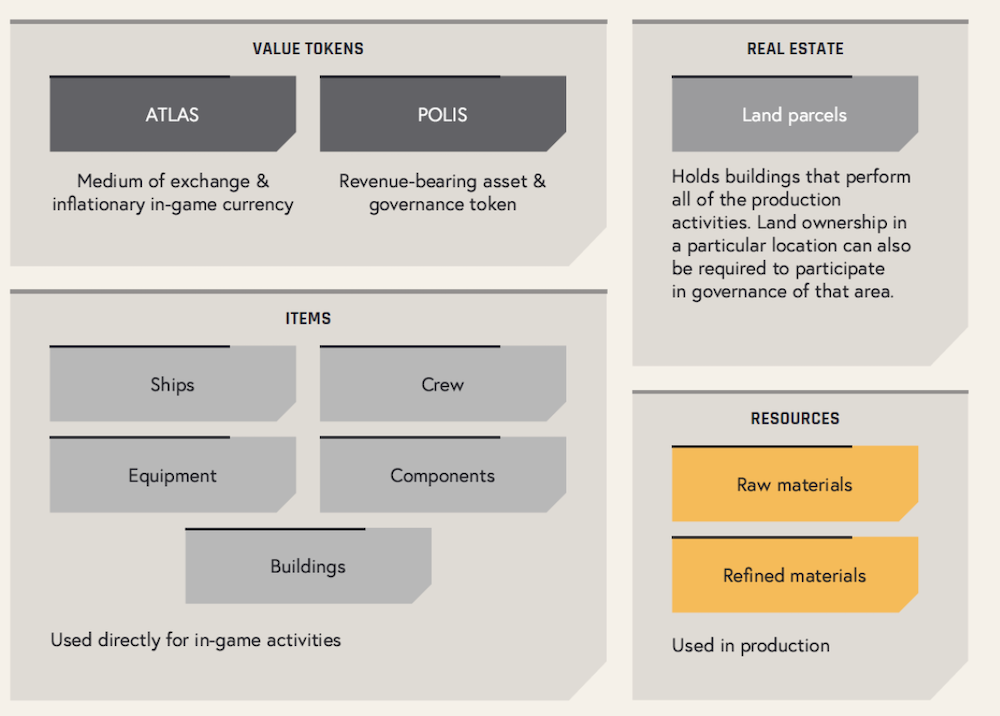
What is Star Atlas notable?
Scale and Ambition
The sheer scale and ambition of the project is certainly a key factor that makes Star Atlas stand out from the crowd of blockchain games that are being launched on an almost daily basis.
The team is focused on creating a AAA blockchain-powered game, with graphics that will be on-par with the latest modern console and PC games, drawing on Unreal Engine 5.0.
The only other blockchain game in development that would be comparable is Illuvium, which is being built on Unreal Engine 4.26.
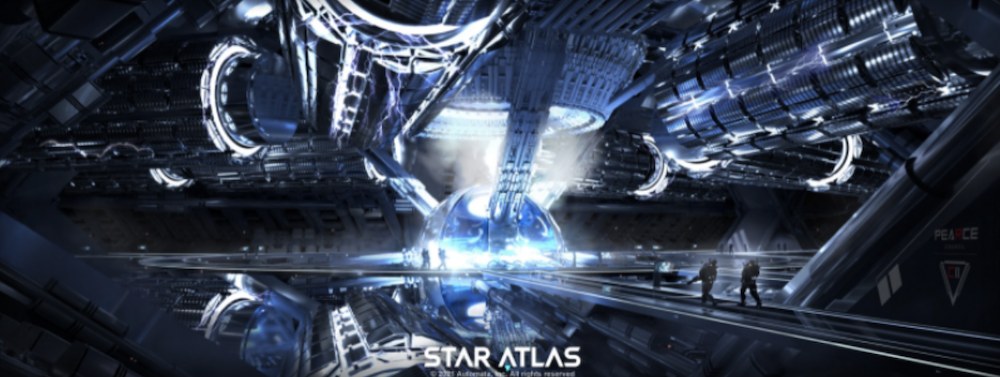
To this extent, Star Atlas has the potential to be a genre-defining blockchain game. This contrasts sharply with other blockchain games, most of which run on more simplified graphics, such as Axie Infinity.
Interested users should spend time going through the highly detailed white paper that has been published by the development team. The team has also published a detailed economic paper to discuss the in-game economy.
Built on the Solana blockchain
What is also notable about Star Atlas is that it is being built on the Solana blockchain, which itself has generated extremely strong interest and traction from developers, users, and investors alike.
The Solana blockchain’s primary value proposition is the ability of its architecture to process the highest number of transactions per second in comparison to its competitors, at the lowest fees compared to rival networks.
This positions Solana as one of the premier blockchains to power the next generation of mass multiplayer blockchain games.
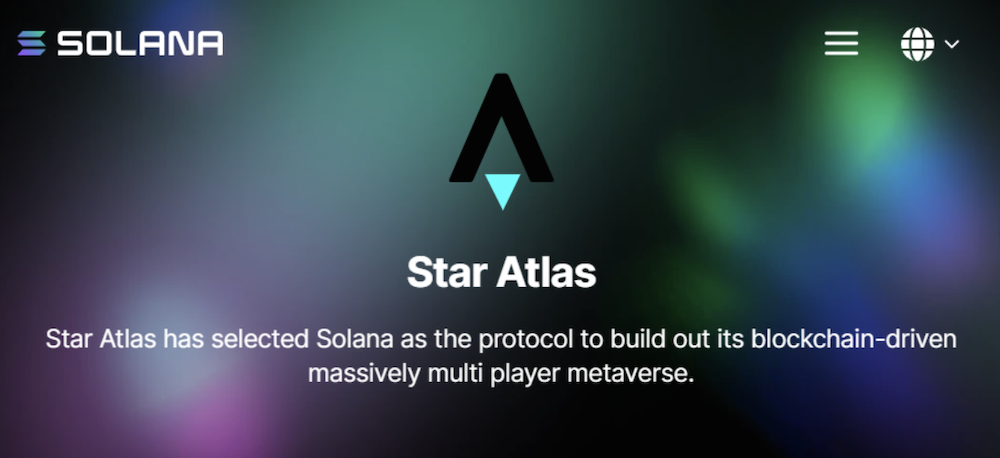
While a number of popular NFT games have been built on other blockchains, notably on Ethereum and Binance Smart Chain, the gaming segment on Solana remains a large white space opportunity.
The only other notable large-scale NFT gaming project that is being built on Solana is Aurory, which itself conducted its first NFT asset sale recently.
Healthy milestones
Compared to other comparable blockchain games currently in development, the Star Atlas team has arguably achieved more significant milestones in a shorter space of time.
While Illuvium has not built its NFT marketplace and has yet to launch its first asset sales, Star Atlas has not only listed its tokens on both centralized (FTX) and decentralized exchanges (Raydium and Serum), but also kickstarted its first in-game NFT asset sales on 7 September 2021.
Access and affordability, with price discovery
The issue of access and affordability has also emerged as a challenge for many blockchain games, where assets sales have been dominated by bot-buying and many ordinary users being priced out of the market (even at the lowest tiers of assets) very quickly by capital-rich speculative buyers.
To mitigate this issue, the Star Atlas team has sought to establish highly affordable price floors for entry-level items.
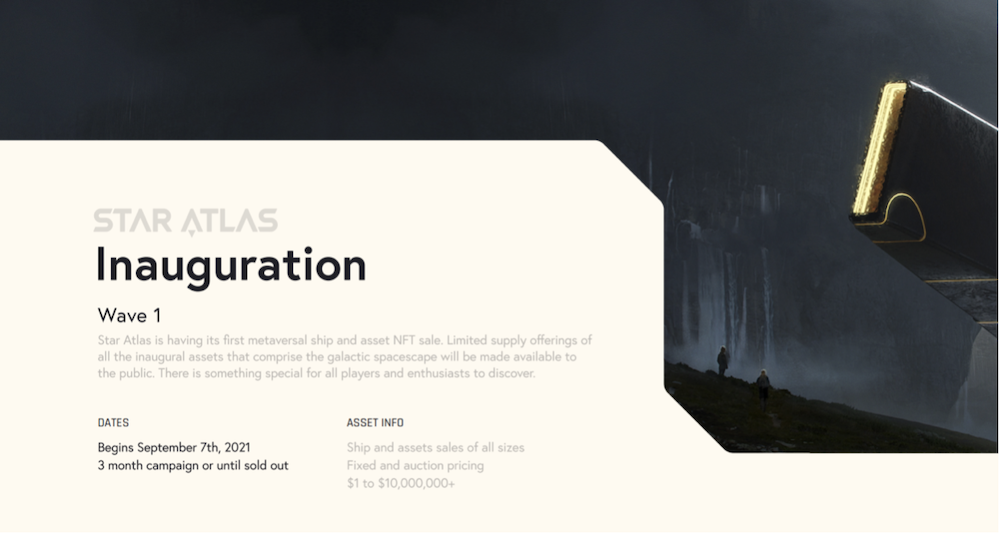
To cite an example, entry-level ships were launched at USD20, with a large available supply contributing to the price floor being sustained at this present moment.
The Star Atlas team has committed to increasing the supply of these items to make the game affordable and available to the masses. Other higher-tier assets are launched at different price points with market dynamics driving the appreciation of these assets.
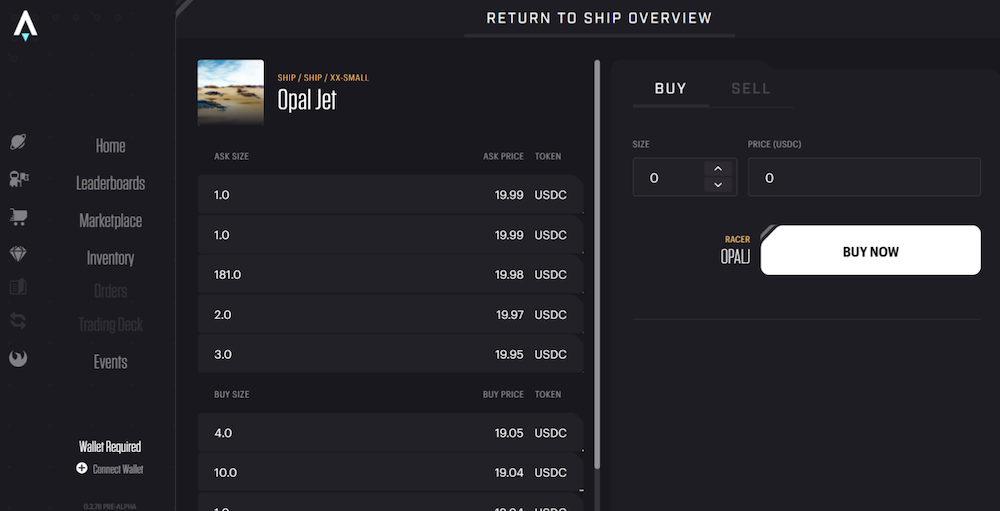
This has created a dynamic economy where users are better able to access the game at different price levels, which is a stark contrast to Axie Infinity, where scholarships are now the primary way for lower-income users to participate in the game.
Who are Star Atlas’ backers?

Users can purchase the Star Atlas tokens ATLAS (utility token) and POLIS (governance token) on FTX and decentralized exchanges (Raydium and Serum), which offer a way to participate in the growth of the game.
Users can also purchase in-game assets and be early adopters and owners of first-generation NFTs which will be used in-game through the Star Atlas Marketplace. Asset sales run for a period of 3 months from 7 September, or until they are sold out.
To access the Star Atlas Marketplace, users will need to set up wallets on Solana. One of the most popular choices is Phantom, which has been built for greater functionality with NFTs.
It is important to note that the game remains very much in a developmental stage. What is certain, however, is that Star Atlas has already emerged as one of the most highly anticipated blockchain gaming projects across all blockchain ecosystems.
Featured Image Credit: Star Atlas
Also Read: Ember Sword: Is It The Next Up-And-Coming Hit NFT Game?
